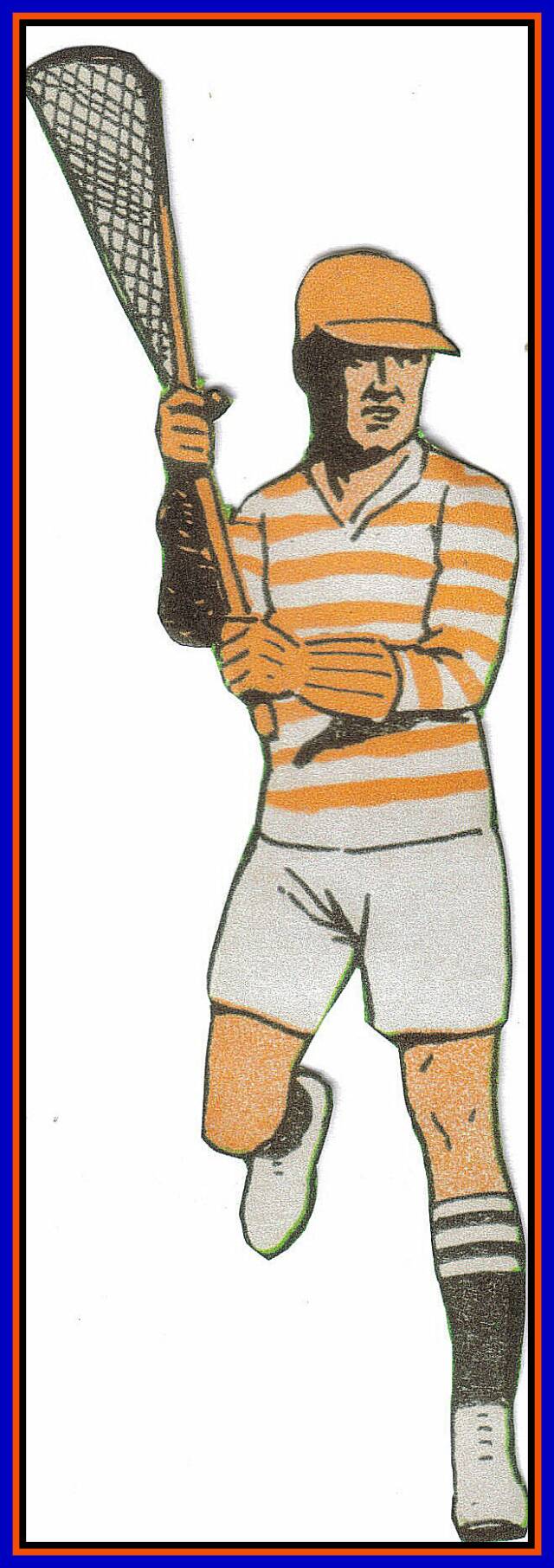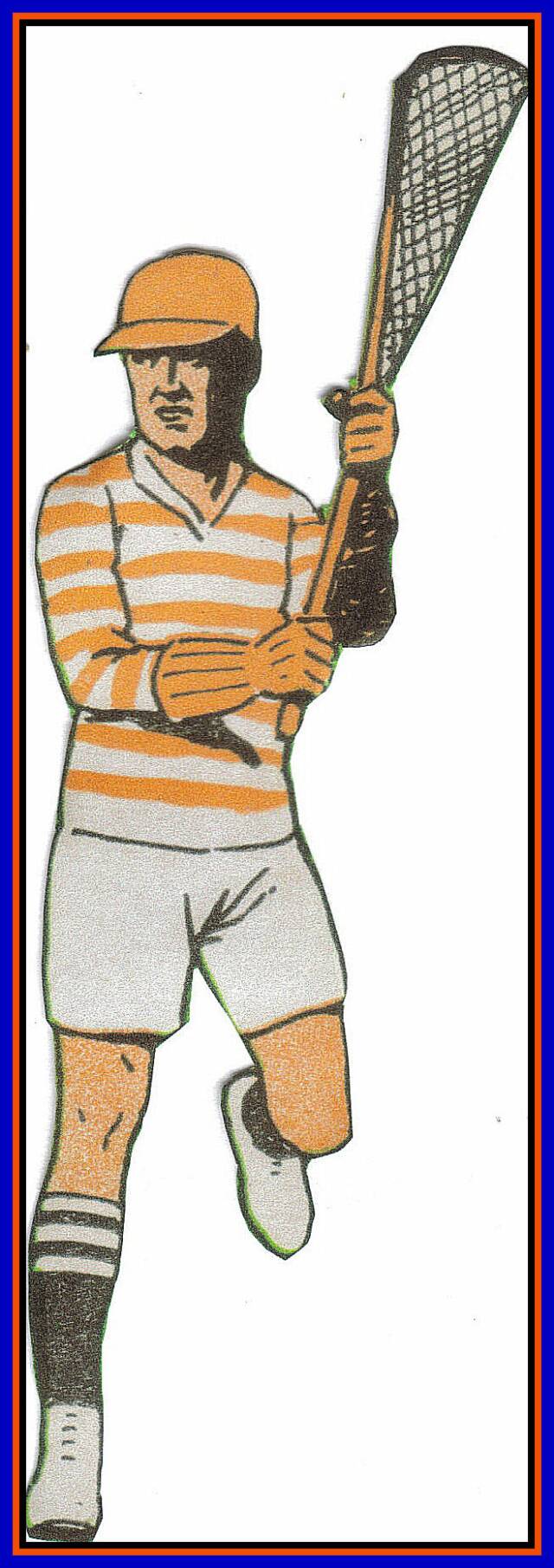In 1867, Canadian W. George Beers standardized the game with the adoption of set field dimensions, limits to the number of players per team and other basic rules. Men's and women's lacrosse were played under virtually the same rules, with no protective equipment, until the mid-1930s. At that time, men's lacrosse began evolving dramatically, while women's lacrosse continued to remain true to the game's original rules. Men's and women's lacrosse remain derivations of the same game today, but are played under different rules. Women's rules limit stick contact, do not allow body contact and, therefore, require little protective equipment. Men's lacrosse rules allow a great degree of stick and body contact.
The U. S. Amateur Lacrosse Association, founded in 1879, adopted the already existing Canadian rules. Seven colleges formed the first Intercollegiate Lacrosse Association three years later. That was succeeded in 1905 by the Intercollegiate Lacrosse League, which changed its name to the U. S. Intercollegiate Lacrosse Association in 1929.
An indoor version of lacrosse, known as box lacrosse, was developed in Canada during the early 1930s. It was and still is played in indoor hockey rinks with six-man teams. It quickly became very popular throughout the country and was the dominant form of the sport in Canada by the early 1940s.
The evolution of the numerous variations of the Native American game into modern lacrosse began in the middle of the 17th century when a Jesuit missionary named Jean de Brebeuf attended a "game" in what is now Ontario, Canada. At that point in time, some type of lacrosse was played by almost 50 Native American tribes located throughout southern Canada and all parts of the United States. Among Native Americans, there were many versions of what we now call lacrosse. Players in some tribes used two sticks, one in each hand. The Cherokees called the sport "the little brother of war" because it was recognized as a form of military training. A team would have consisted of - perhaps hundreds of players and sometimes an entire village. The goals were often miles apart, and a game might last as long as three days. Since most players couldn't get anywhere near the ball, they concentrated on using the stick to injure opponents. The Iroquois, in what is now southern Ontario and upstate New York, called their version of the game "baggataway". Their version of the game consisted of 12 to 15 players per team, and the goals were about 120 feet apart.
Old School LAX Freak


A Little Bit Of History
Copyright 2009 Old School Lax.com